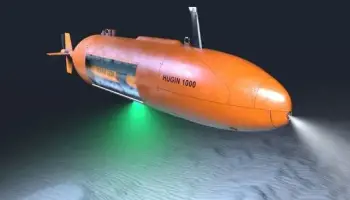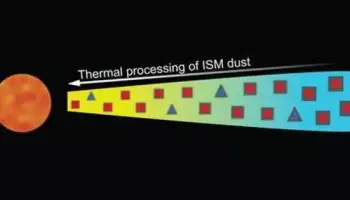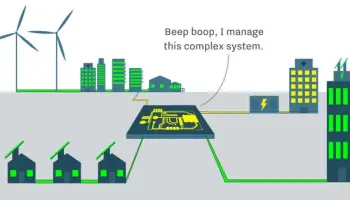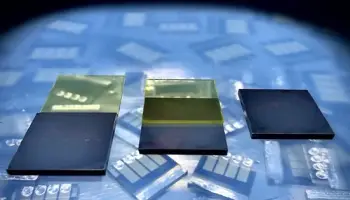A fascinating application of artificial intelligence and physics is self-supervised AI learning to reconstruct microscopic images from holograms. Researchers have developed an artificial intelligence-based model for computational imaging and microscopy that does not require training with experimental objects or real-world data. The team presented GedankenNet, a self-supervised AI model that learns from physics laws and thought experiments.
The researchers taught their AI model to reconstruct microscopic images using only random artificial holograms – synthesized solely from ‘imagination’ without relying on any real-world experiments, actual sample resemblances, or real data – using only the laws of physics that universally govern the propagation of electromagnetic waves in space.
UCLA Samueli School of Engineering researchers have developed an artificial intelligence-based model for computational imaging and microscopy that does not require training with experimental objects or real data.
UCLA’s Volgenau Professor for Engineering Innovation Aydogan Ozcan and his research team introduced GedankenNet, a self-supervised AI model that learns from physics laws and thought experiments, in a recent paper published in Nature Machine Intelligence.
It opens up new opportunities for developing physics-compatible, easy-to-train, and broadly generalizable neural network models as an alternative to standard, supervised deep learning methods currently employed in various computational imaging tasks.
Aydogan Ozcan
Artificial intelligence has transformed the imaging process in a variety of fields, from photography to sensing. However, the application of AI in microscopy has faced persistent challenges. For one thing, existing AI-powered models rely heavily on human supervision and large-scale, pre-labeled data sets, necessitating time-consuming and expensive experiments with a large number of samples. Furthermore, these methodologies frequently struggle with new types of samples or experimental setups.
The UCLA team was inspired by Albert Einstein’s hallmark Gedanken experiment (German for “thought experiment”) approach in developing the theory of relativity, which used visualized, conceptual thought experiments.
Informed only by the laws of physics that universally govern the propagation of electromagnetic waves in space, the researchers taught their AI model to reconstruct microscopic images using only random artificial holograms – synthesized solely from “imagination” without relying on any real-world experiments, actual sample resemblances or real data.
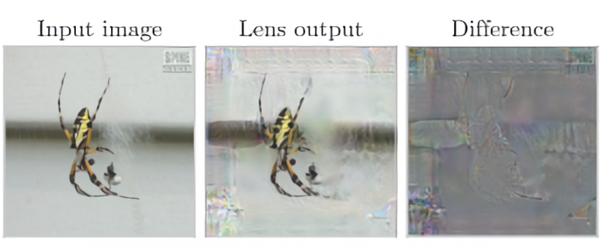
Following GedankenNet’s “thought training,” the researchers put the AI model through its paces with 3D holographic images of human tissue samples captured with a new experimental setup. GedankenNet successfully reconstructed the microscopic images of human tissue samples and Pap smears from their holograms in its first attempt.
In comparison to state-of-the-art microscopic image reconstruction methods based on supervised learning using large-scale experimental data, GedankenNet demonstrated superior generalization to unseen samples without requiring any experimental data or prior knowledge on samples. GedankenNet, in addition to improving microscopic image reconstruction, generated output light waves that are consistent with wave equation physics, accurately representing 3D light propagation in space.
“These findings demonstrate the potential of self-supervised AI to learn from thought experiments in the same way that scientists do,” said Ozcan, who holds faculty appointments at UCLA Samueli in the departments of Electrical and Computer Engineering and Bioengineering. “It opens up new opportunities for developing physics-compatible, easy-to-train, and broadly generalizable neural network models as an alternative to standard, supervised deep learning methods currently employed in various computational imaging tasks.”

